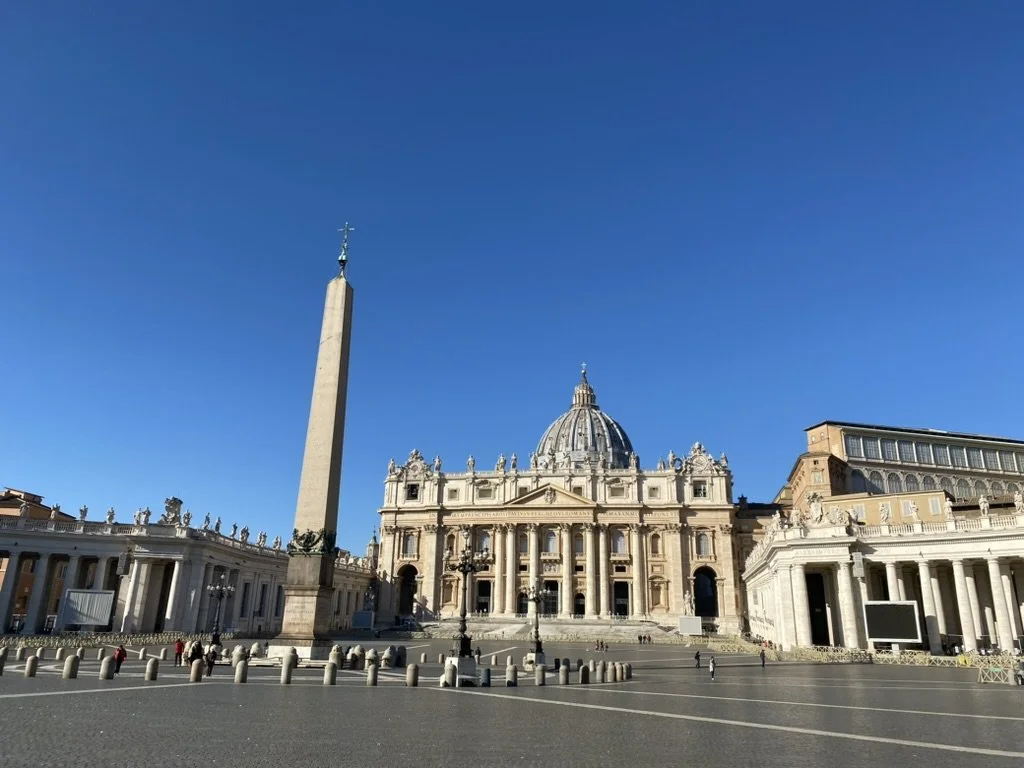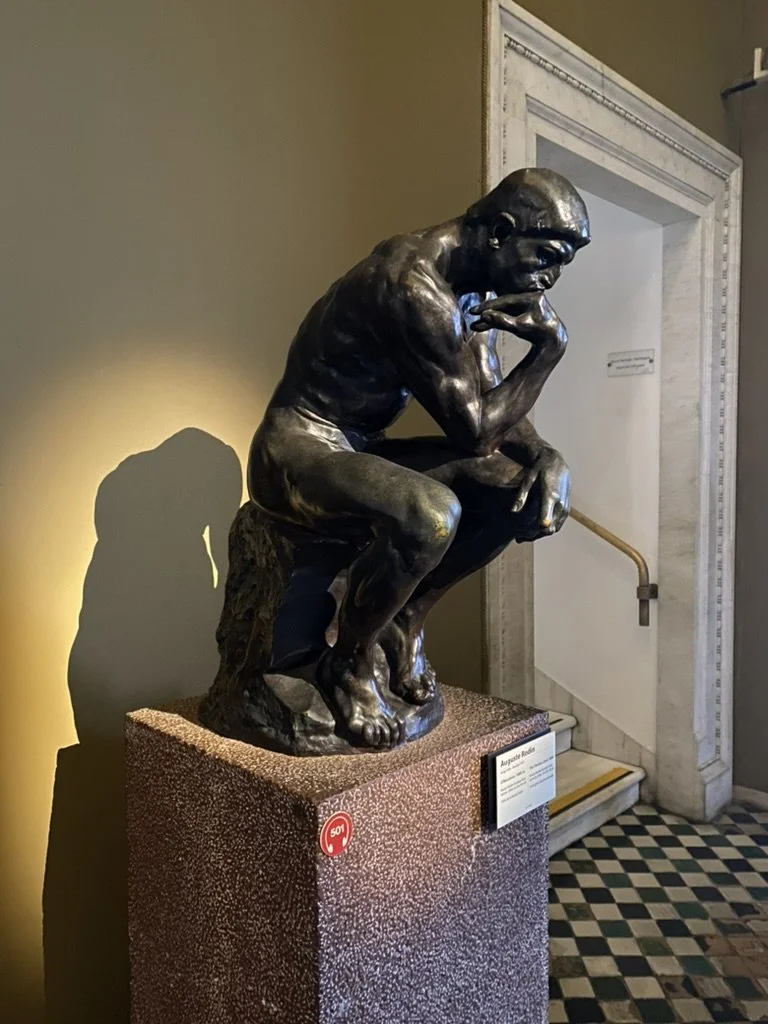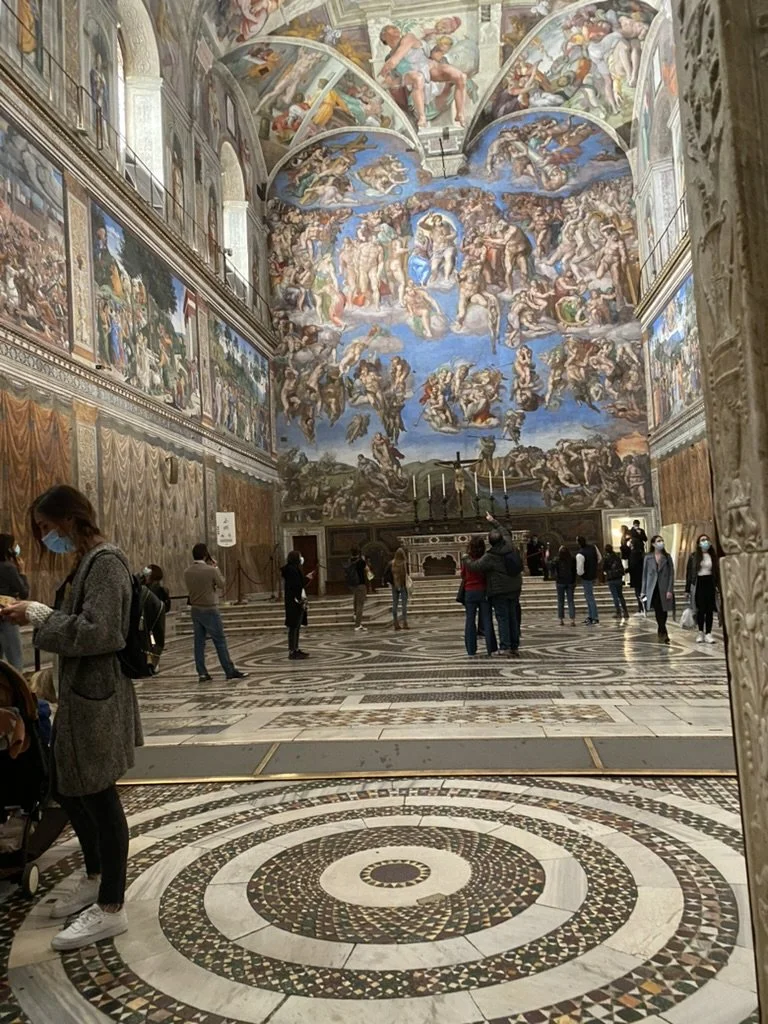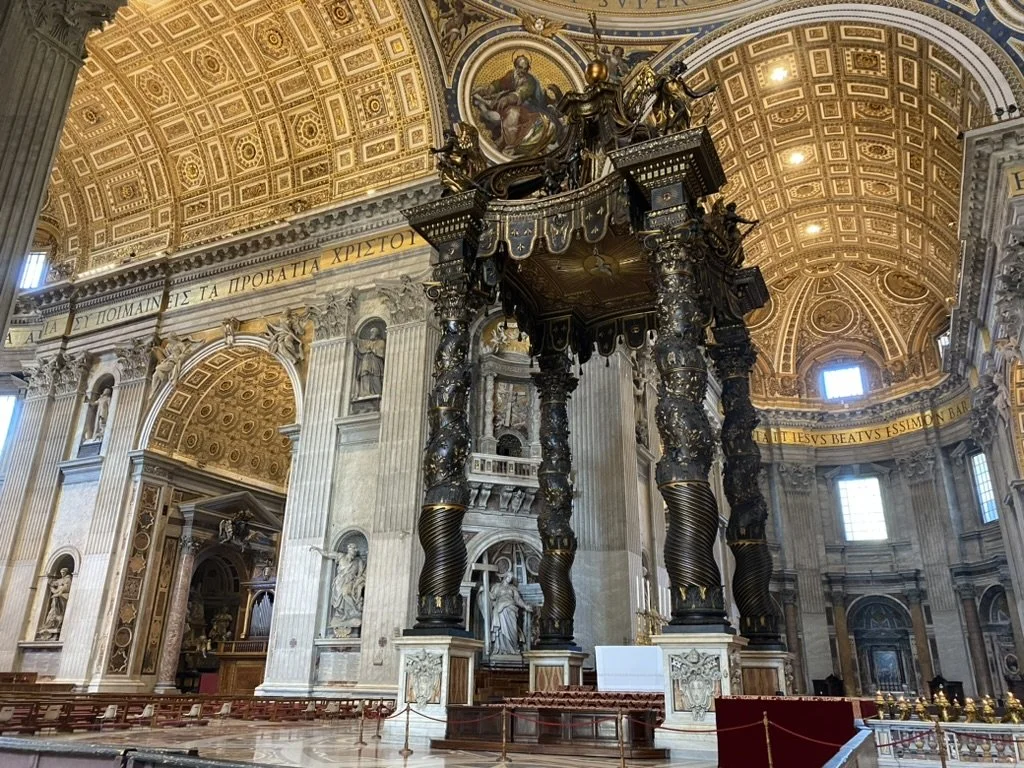Why Vatican City Isn’t Just for the Devout: Art, History, and Italian Soul
31 October 2020, An empty Vatican City during COVID.
I remember the first time I stepped into St. Peter’s Square. The sun was just beginning to stretch its golden limbs across the cobblestones, and for a brief moment, time stood still. Around me, pilgrims clutched rosaries, cameras clicked softly, and the soft murmur of many languages wove together like a hymn. But even as someone who doesn’t go to church every Sunday, I felt something stir.
Vatican City is often framed as a spiritual destination, a place for the faithful. And yes, faith pulses through its walls. But it’s more than a place of prayer. It’s a treasury of Italian identity, a monument to centuries of art, devotion, resistance, and beauty. Whether or not you grew up crossing yourself before dinner, if you have Italian blood in your veins, you might feel something familiar here. A tug. A memory that isn’t yours, but still somehow belongs to you.
A Living Museum of Italian Genius
From the moment you enter the Vatican Museums, you’re enveloped in centuries of creative genius. Michelangelo's ceiling in the Sistine Chapel doesn’t just tell stories from Genesis. It reveals the soul of an era when Italian artists didn’t just paint, they bared their spirits on plaster. Raphael’s rooms do the same. Each fresco speaks of a time when beauty was considered a form of divine communication.
These walls are not quiet. They echo with ambition, vision, devotion. And behind every brushstroke, every curve of marble, there’s a story rooted in the Italian way of seeing the world. That alone makes it worth the visit.
The Thinker by Rodin
The Sistine Chapel, where the Conclave will be held to elect a new pope after the death of Pope Francis.
Beneath the Basilica: Ancient Bones and Hidden Histories
Most people don’t know that beneath St. Peter’s Basilica lie ancient Roman tombs. The Vatican Necropolis, if you’re lucky enough to get a spot on the tightly limited tour, reveals layers of history few travelers ever see. Here, pagan and Christian stories intermingle. You’ll walk where emperors and early popes once stood, where the foundations of a religion were laid on top of something far older.
This layering is something deeply Italian. Italy doesn’t erase its past. It builds upon it, each generation adding another floor to the house. Visiting Vatican City is like entering that house through the front door. You may have come for the art or curiosity, but you’ll leave with a new respect for the patience of time.
Faith and Culture: A Shared Inheritance
Even if you don’t pray, light a candle. Even if you don’t believe, step into the quiet of St. Peter’s and listen. The rituals that play out here are part of Italy’s cultural fabric. They shaped the rhythms of village life, inspired festivals, informed language and architecture and even food. You don’t need to be religious to feel the weight of it all.
My grandfather rarely talked about religion, but he always kissed his hand and touched a photo of the Virgin Mary before bed. I never understood it until I visited the Vatican and saw that same image carved in stone, rendered in gold, painted with such love that it made me cry. Maybe we don’t have to believe everything our ancestors did to honor the things they cherished.
Vatican City as a Mirror
To visit the Vatican is not just to witness grandeur. It’s to hold up a mirror to the parts of Italy that live quietly inside us. The reverence for beauty. The tendency to make everything — even bureaucracy — feel like a kind of ritual. The way Italians have always managed to hold reverence and rebellion in the same hand.
So no, Vatican City is not just for the devout. It is for the curious. For the heritage seekers. For those who want to understand what it means to come from a place where art and faith were once the same thing, and perhaps still are.
Come not just to see. Come to feel. You may find, in the silence between the marble and the light, something that was waiting for you all along.




